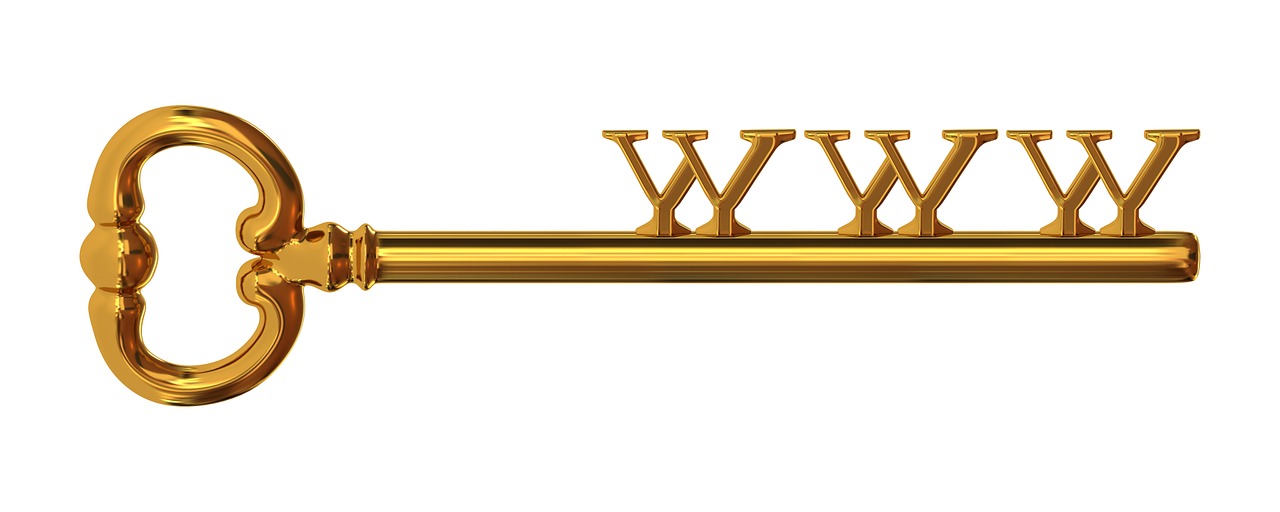
This Week: Do you own the culture you just bought?… How did TV become the medium for complexity?… Should we keep audiences in the dark about what they’ll see?… Measuring the effectiveness of arts policy is really hard… Technology is changing the ways we experience the world.
- Do You “Own” The Culture You Bought? (And What Does It Mean To Own It?) Buying records, CDs, VCR tapes, books, sculptures or paintings has conditioned us to thinking that owning a physical copy of art means we actually own it. But buying digital culture requires an entirely different definition of what it means to “own” art. “With the move to cloud computing and streaming content, the concept of ‘copy ownership’ is now disappearing from entertainment as well. Software, motion pictures, and even music are increasingly a service provided to you. Streaming services and cloud content have their own worries. For example, what happens when you’re traveling somewhere with no reliable internet access? What happens when the service provider’s servers go down for days and you are paying for a service you are not getting? But the problems run deeper. The loss of ownership sends copyright law out to sea.”
- Busting Conventional Wisdom – TV As A Home For Complexity: It used to be that TV was seen as the light-weight artform and movies were the place for complex creativity. Now it’s reversed. Multi-episode storylines, complex dialogue and nuanced stories now mark what is being called a golden age of television. There was a time that verbal complexity was considered elitist. So how did TV – beholden to the mass audience taste as it is – overcome the elitist tag?
- Busting Conventional Wisdom II: Keeping Audiences In The Dark: So this is a novel argument. Anyone working on audience engagement seems to believe that the more information an audience has, the more ways they’ll find to engage. But what if this strategy is wrong? Dance Umbrella is presenting new commissions by unnamed choreographers. “Mystery performances can be liberating for artists as well as audiences. The idea goes against the grain in arts marketing, as venues increasingly provide preview trailers, rehearsal clips and artist interviews for audiences to watch in advance. A lack of knowledge about the art form can stop audiences from coming to dance, so [festival director Emma] Gladstone wanted to free them from worrying about what they didn’t know.”
- More On Measuring The Impact Of Arts Policy: We measure everything. It’s the way we figure out whether something works or not. An attempt in the UK to measure the impact of arts policy didn’t go so well for the arts. “Shouldn’t we hold government spending to a high standard of effectiveness regardless of what those policies are trying to achieve?”
- Technology Is/Will Transform The Ways We Experience The World: “Some people worry that one day soon we might physically attach computer chips to our minds, but we don’t actually need to plug ourselves in: proximity is a red herring. The real issue is the seamless way in which we are already hybridising our cognitive space with our devices. In ways both quotidian and profound, they are becoming extensions of our minds.” And then there is the nascent virtual reality technology. A conference this week explored what it means to storytelling in the age of the VR headset.
